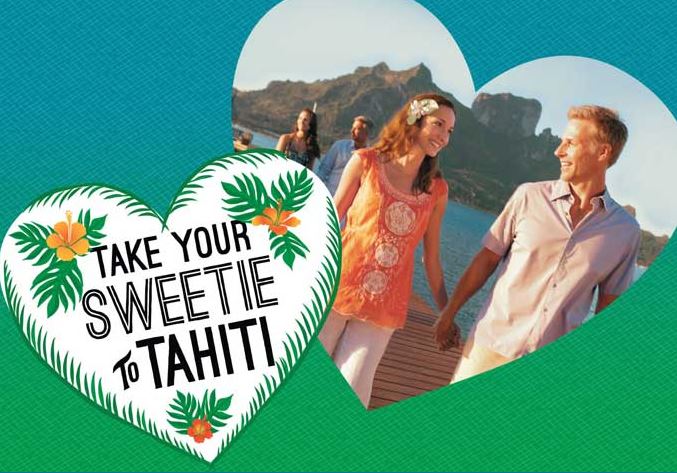In Tahitian, the word Heiva (hei meaning to assemble, and va meaning community places) refers to activities, pastimes, physical exercise, and festivals. Music, dancing, singing and sporting events have always held an important place in Polynesian communities. In ancient times, they were essential components of religious and political ceremonies. Dance was one of the most sophisticated and ritualized art forms performed in groups or individually.
In the 19th Century, Christian missionaries condemned these demonstrations that were described as an erotic form of debauchery. In 1819, King Pomare II legally forbade the practice. At that time, after being banished from public areas, dancing became a clandestine practice for the people.
In 1881, after a long struggle with England and Protestant missionaries, France annexed a large part of what is today French Polynesia. Bastille Day, France’s national holiday celebrated on July 14th, became symbolic for the Polynesians. On this one-day, France allowed sports and dancing in an effort to overcome the Anglo-Saxon influence and to satisfy Polynesians’ taste for festivities.
Traditional dance made a resurgence in 1881 after being severely restricted for several decades. That year, the first Heiva I Tahiti was organized and named Tiurai, meaning “July the month of festivities.”
In 1977, French Polynesia gained greater political autonomy from France. This political and cultural emancipation led authorities to organize the Heiva I Tahiti in June 1985, which replaced the public holiday festival of the Tiurai.
More than just a simple festival, Heiva I Tahiti has become the symbol of the Polynesian culture and an iconic event for a people proud of their heritage.
These performances highlight the drama of an opera and the distinct imprints of an ancestral tradition. The dances are unique creations, for which the dancers train for six months or more. Text music, choreography and costumes are based on a historical or legendary theme.
Live music and singing accompany the dancers. The orchestras are made up of five to fifty musicians using traditional instruments such as the nasal flute or “vivo,” made from a portion of bamboo, marine shells or “pu,” and more recently, the ukulele, a small Hawaiian guitar with soft tones.
The traditional singing competition accounts for another powerful portion of the Heiva I Tahiti. The melodies include a cappella in “reo ma’ohi” (Polynesian language), which express moments of joy and melancholy.
Since its creation, the Heiva I Tahiti, has also been a showcase for traditional sports and games. The traditional sporting events are based on ancient athletic activities and include; a stone lifting competition, a javelin- throwing event, outrigger canoe races, a copra competition, and a fruit carrying competition.




